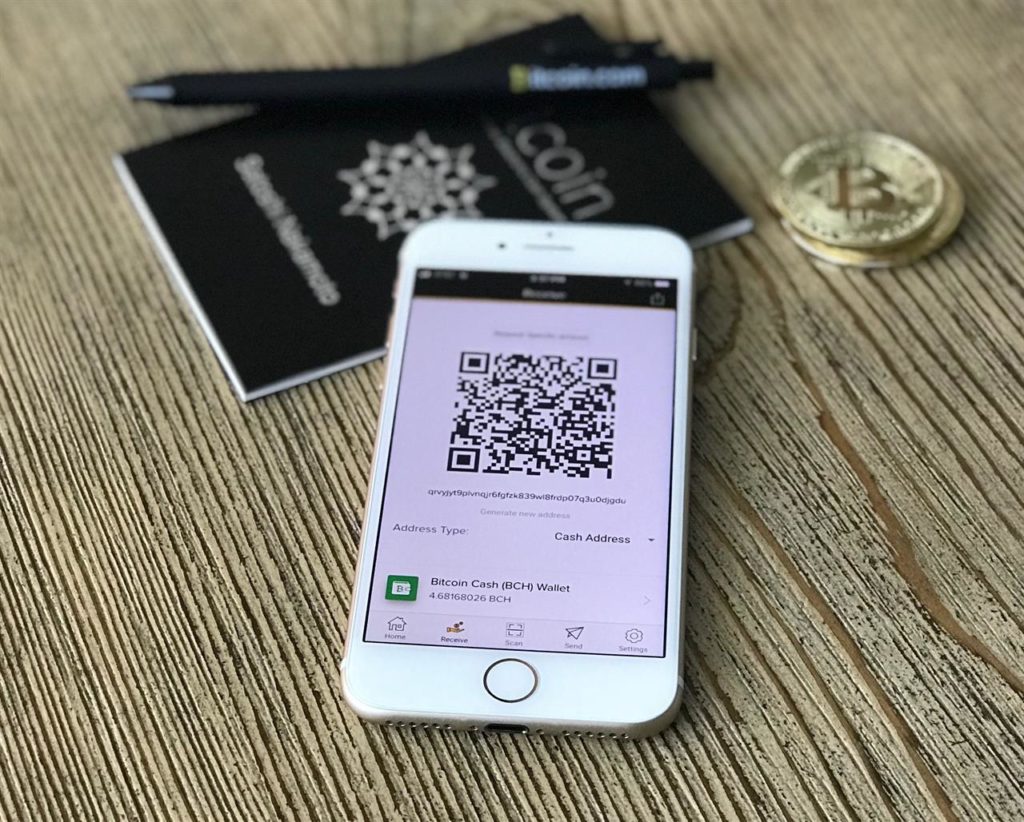on the crypto

Following the trend of institutional investors
The assignees included digital currencies (such as bitcoin), "digital platforms" that allow the issue of multiple assets (such as Ethereum) and security tokens.
Seven-digit alphanumeric codes help LSEG customers keep track of the assets exchanged from execution to settings. The addition of bitcoins and other similar cryptocurrencies to the database, in response to customer demand, is a sign that Investors institutions are slowly embracing the asset class.
James Nevin, head of LSEG's Data Solutions section, pointed out that assigning a code does not add any particular legitimacy to any digital resource.
Last year, the company's main operating branch, the London Stock Exchange (LSE), licensed its Millennium Exchange commercial pairing technology to build AAX, a Hong Kong-based virtual goods exchange that has entered in operation in November.
A taxonomy tested over time
Market participants use SMF to identify individual stocks across asset classes including stocks, bonds and derivatives traded on exchanges worldwide. The service was created 30 years ago as a code register to identify securities traded on LSE.
Since then, it has grown to include identifiers for over one hundred million stocks traded worldwide. "Of those 100 million, there are about 20 million active," Nevin said. If a company is liquidated or acquired, it disappears into reality, but the SEDOL code is kept active to make sure it is not reused, and LSEG can "keep the full history of the corporate actions" of those securities, Nevin explained.
LSEG has worked with data provider Digital Asset Research over the past three years to create a verification process for cryptocurrencies and the like.
A process and following the best practices for Crypto
Normally, with stocks or bonds, customers have the ability to access and create SEDOL codes within the system immediately, said Laura Stanley, LSEG senior project manager.
For the time being, users will not be able to do the same for digital assets, given that this wild territory is full of investments of dubious nature. Digital assets are classified by their primary function, Stanley said.
Digital currencies (XA) like bitcoin work as a medium of exchange or deposit of value, and digital platforms (XB) like Ethereum allow the creation of smart contracts to facilitate, verify and maintain an agreement between the parties which is then recorded on a blockchain.
LSEG also added security tokens (XC) in the category of financial instruments. “This is the way we chose to do it today. In the future, we could refine the choices based on customer feedback, "he said.
